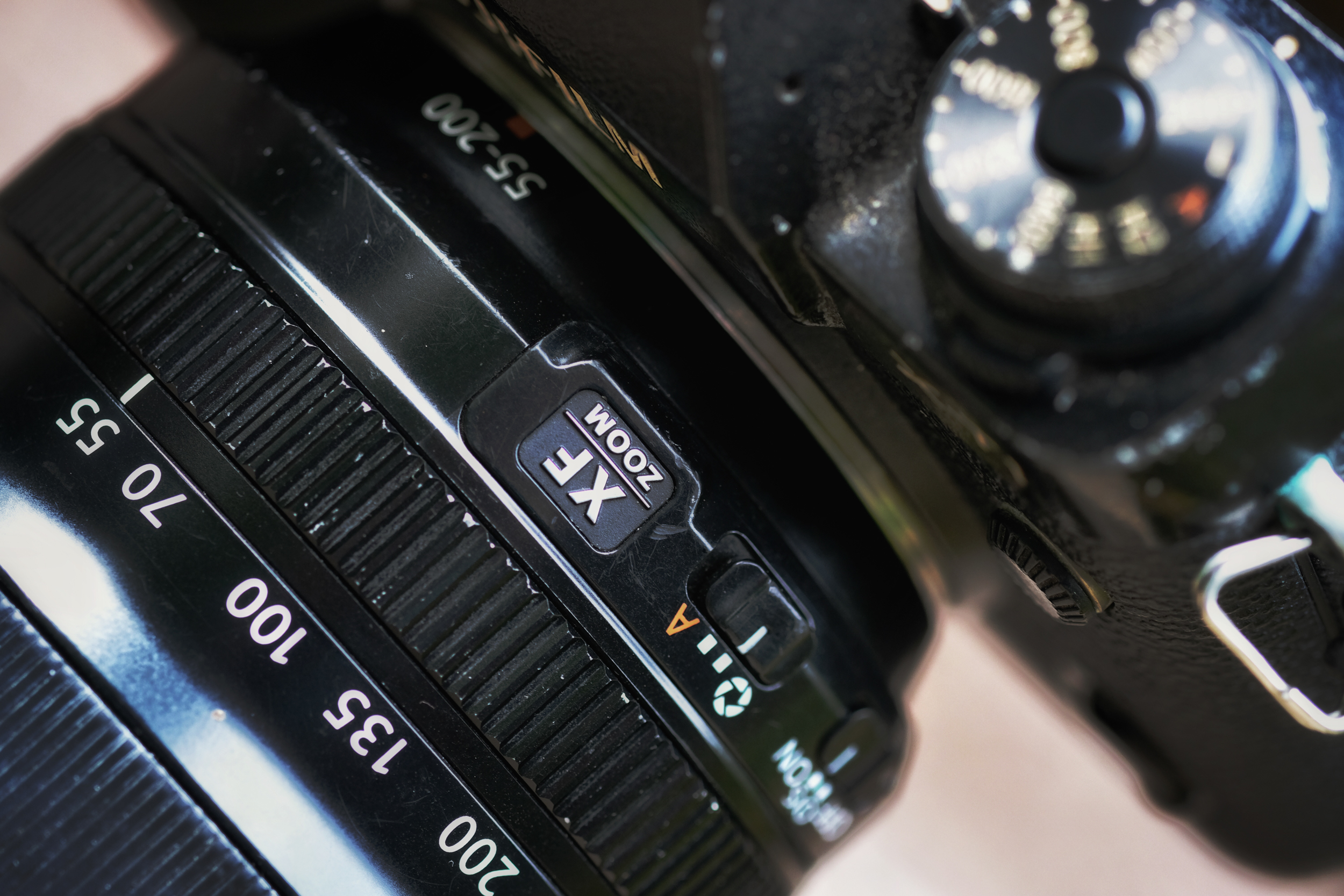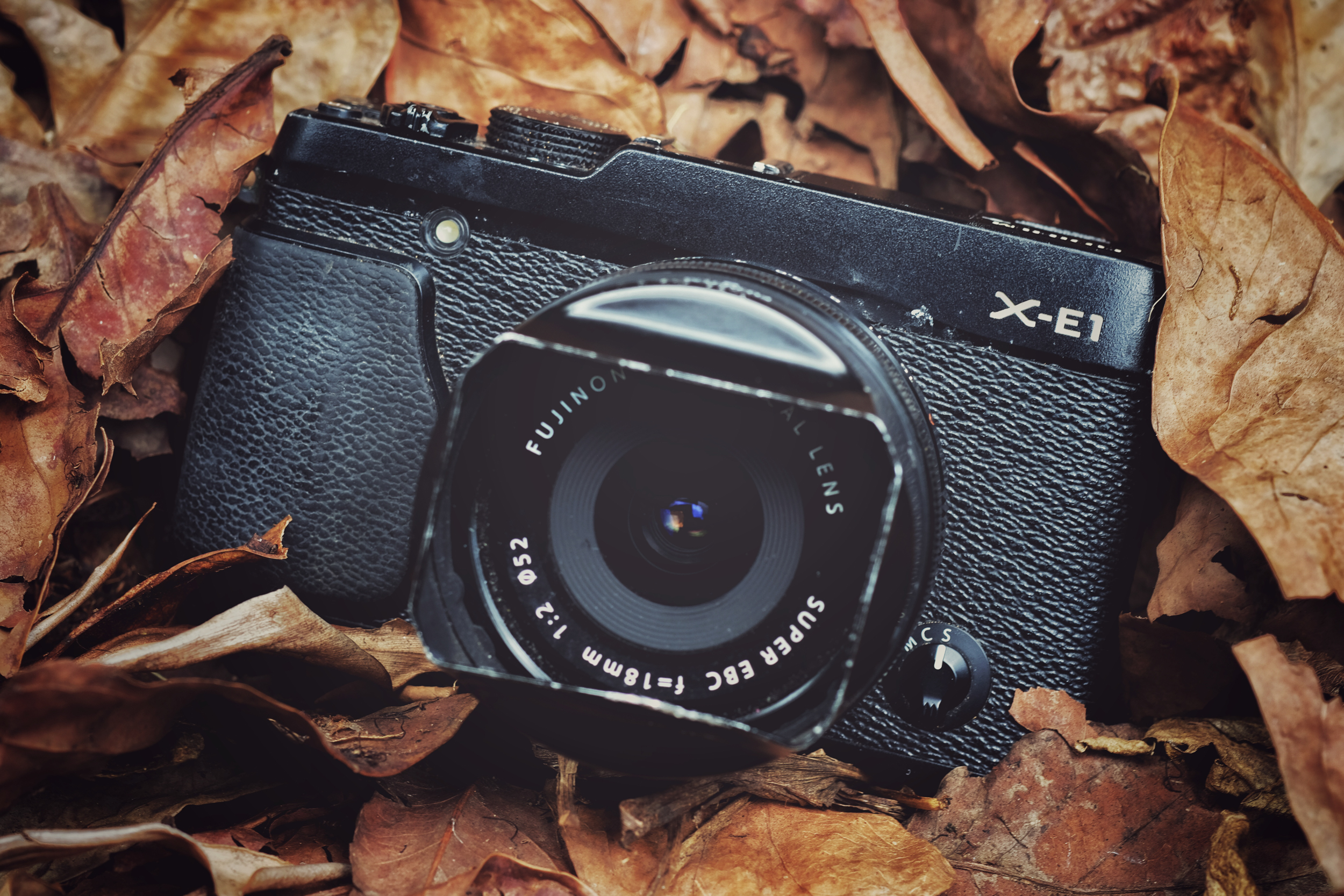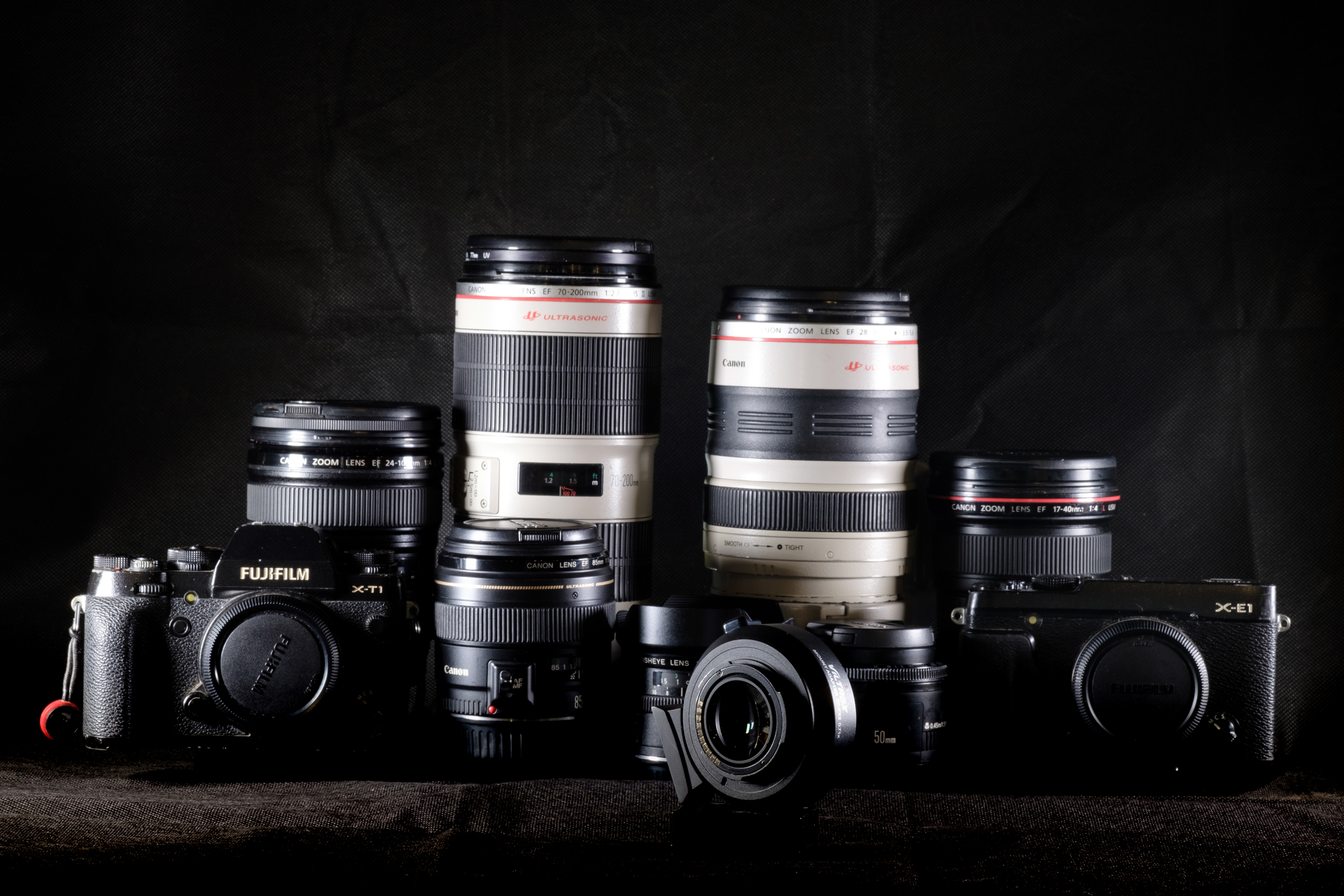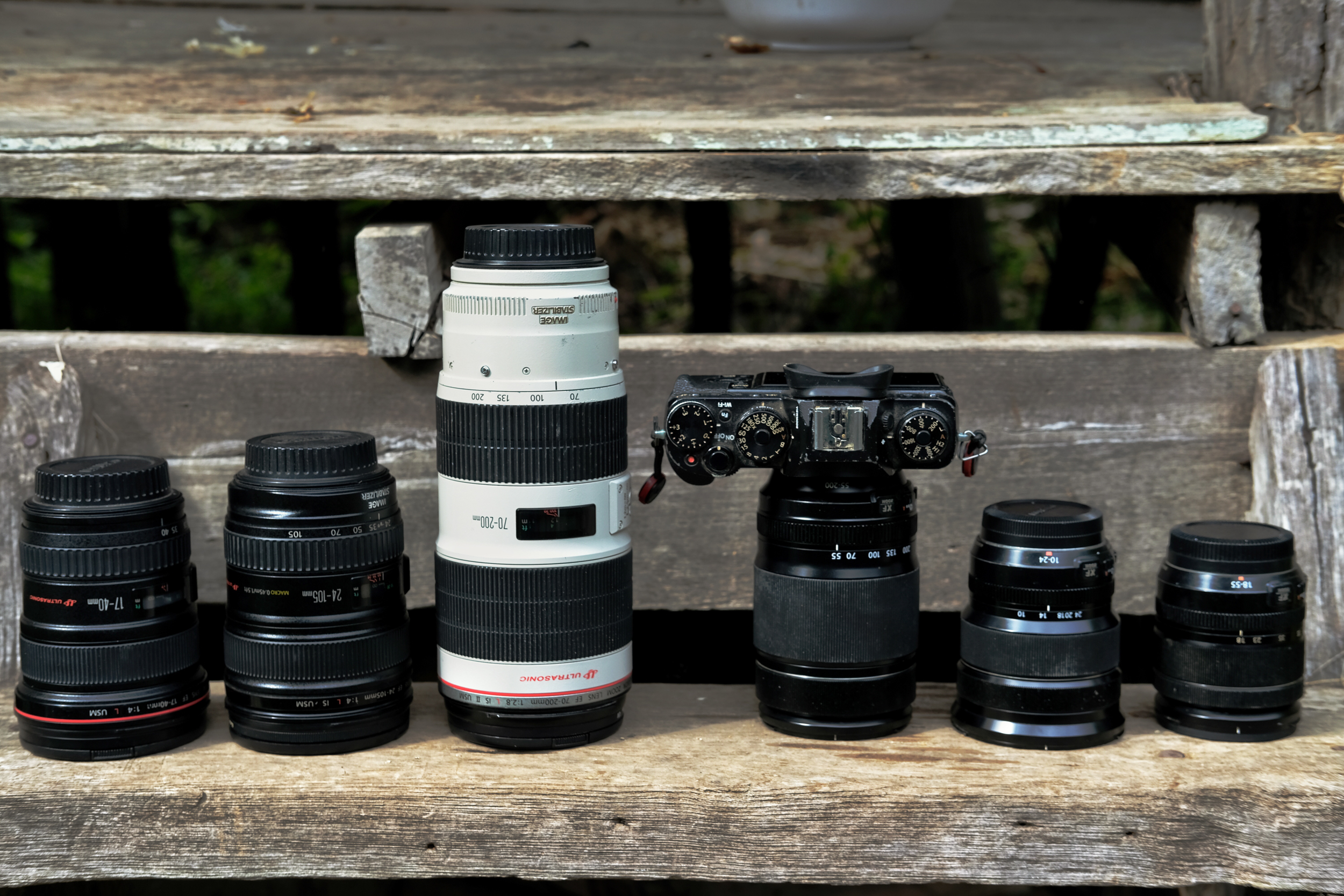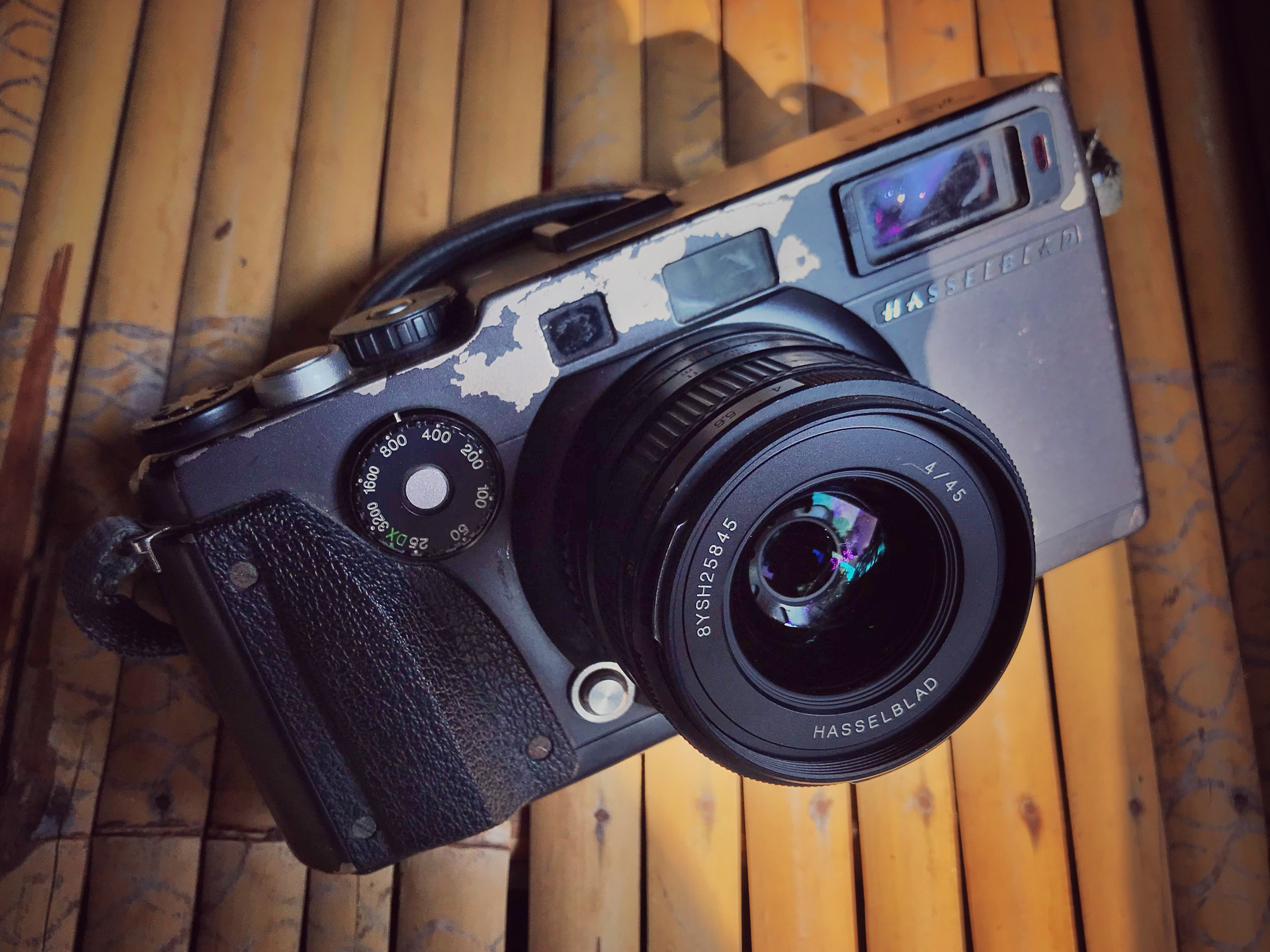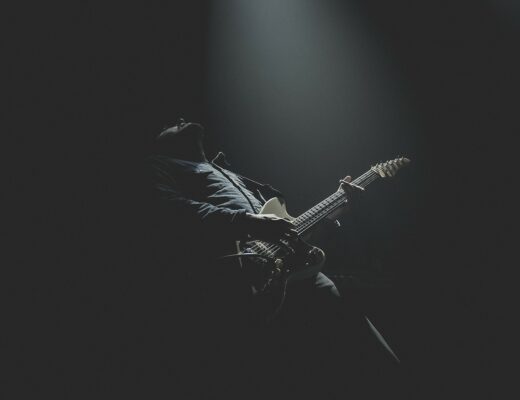The interchangeable-lens cameras of the Fujifilm X Series have only been around for 10 years and yet many do term the original Fuji gear as old or even vintage…
I really do find it strange as to just how so many people refer to early model X Series cameras and lenses as old. I’ve even heard the term ‘vintage’ mentioned by some as they read about what gear I’m using – that being ‘older’ Fujifilm cameras, not ‘old’ Fujifilm cameras – just older and most definitely not vintage.
First up I will say that I’m not someone who obsesses about gear, and even as a working photographer I have never felt the urge to have the latest or the greatest. My ethos is to simply use what works for me and what I need to get the job done and that is not always Fujifilm cameras.
So, getting back to the question…
Although your Fuji gear is certainly not old, half of it is now potentially shimmering out of date, depending on your point of view and use-case scenario, that is.
The magic glass
Let’s start with the good news: Fujinon lenses are mostly superb and the older lenses are absolutely not old or dated – far from it. Mine may now be a little worn and flimsy on weather proofing after years of use, but they are certainly not vintage or even old in their performance levels.
The very fact that some of those original lenses are still bundled (including the XF18-55mmF2.8-4) with new cameras today is testimony to their timelessness and quality. But then again that is exactly how it should be and pretty much how is with any good glass, no matter the manufacturer.
To put it into perspective I still have my Canon EF lenses that even pre-date the Fujifilm system. Some of these models have been updated by Canon over the years, but certainly not all of them. Are they old? No, not by any means! There are years of life left in them.
Even the first generation Fujinon lenses hold their own against newer versions today and should still do so in another decade or more. Yes, the newer ‘red label’ lenses are said to be even better but do not dismiss the ‘old standards’. For 90% of photographers those lenses are all you will ever truly need. Although, of course, the lenses are only half of the deal with any camera system, especially with a relatively new and evolving one like the Fujifilm X Series.
The bodies
This second round may not be so pretty! As we know all too well, some things don’t age as well as others and that includes X Series bodies (in my experience and situation). This is not purely a Fujifilm issue, as digital cameras are very high tech and ever-evolving these days, and technology does date fast, unlike glass.
Yes, my use case scenario of cameras is very different to that of many of the readers here (travel and action sports). I’m definitely not a guy who goes easy on his gear or one who always has the time to coax them into performing the kind of image-making magic they are capable of – all of them.
However, as much as I would love to own an X-Pro 1 as a walk-around piece of art for my own personal image-taking, my own older Fujifilm X bodies are now very dated for cameras that are only 10 years old at the very most.
Sure, they are great cameras to feel and use, and are not so shabby on image quality either, and yes, Fujifilm have learned some on the job, so to speak. But to put it this way, I still have an older Canon 7D that I bought as a backup even before the X-E1 came out, as well as an original Sony RX100, which I bought at the same time as the X-E1 as a travel backup (and boy, was I ever glad I did).
Both the Canon and the Sony are now several generations old in terms of model and yet they perform like much newer versions and much as they did from day one. I’ve had very few reliability issues with them, they still have a great battery life and I certainly do not consider them as old cameras. They have proven to be, and still are, rock solid workhorses (despite the horrible Sony menu system and the comparative bulk of the Canon). Sadly, I cannot say the same for my Fujis.
This is where I do have to say that the older Fuji’s are dated (but not vintage!) and comparatively drag more than others in performance with age and wear (as do I!). In my case I feel that they also look (in terms of excess wear) and perform like much older cameras than they actually are. Sure, they can of course still produce great images in the right hands (as can any camera). It’s just that my original Fujis have not stood the test of time or aged as well as the other brands I use. Yes, I do, naturally, acknowledge that they improve version by version. I’m still on an X-T2 and can feel that difference from the older models, and I am sure an X-T4 is even better all round. However, that is exactly the point: it’s not a chase I want to keep taking on.
Ah, but what about kaizen?
There has always also been a lot of mystical like talk of the great kaizen of Fujifilm. This is something other manufactures just call firmware updates. This was a marketing masterpiece that has seemingly lured in and even kept many users within the X system under the guise of “a new camera every few months”. What can I say? I never did feel that and it seems to be pretty much forgotten now anyway (apart from a recent bug fix for new models).
Trying to iron out a few bug fixes that should not have been there in the first place and then throwing in the odd film simulation and calling it kaizen…haha!
It could seem that in the great mirrorless race for new tricks and features that guns were perhaps jumped by some brands, and as Canon and Nikon are now demonstrating slow and steady could well win the race.
The bottom line
Fujifilm has a small but extremely loyal brand following, which other manufacturers would kill for (in proportion to sales), but that should be maintained.
Future-proofing is perhaps a myth but I’m sure that Fujifilm could deliver a product (body) that would be not only nice to use and cutting edge at the moment of release, but one that could also still hold its own and be dancing later on in the party without too many injuries, and that being alongside and not behind their great original (not old) lenses.



